Discover a land where you can gaze upon never-ending ripples of red sand while atop the back of a dromedary. A land where you can inhale the fresh scents of saffron, cumin and ginger. A land where ancient and modern cultures interlace to form the fascinating Amazigh architecture of North Africa.

A private tour in Morocco is a once in a lifetime journey and planning it is part of the process. Although challenging at first, you will have all the support and dedication from our team of sales consultants. We will make sure that the preparation of your tour is as smooth, pleasurable and stress-free as possible.
We know Morocco in depth, its culture, people and hidden paths, all this specialisme to add a special value to your Journey. With dedication and excitement The Moroccan Family welcomes you with its unique hospitality, refined personalized service and creativity.
We love what we do !!
We offer unique and genuine experiences. Our goal is to work on the concept of making The Moroccan Family grow by immersing you in the culture to get straight into the traditional way of life and escape from being a tourist.
We learned that the benefits of travel go way beyond your trip to support the local community, and share what life has to offer together.
GALLERY
START YOUR ADVENTURE
Discover a land where you can gaze upon never-ending ripples of red sand while atop the back of a dromedary. A land where you can inhale the fresh scents of saffron, cumin and ginger. A land where ancient and modern cultures interlace to form the fascinating Amazigh architecture of North Africa.